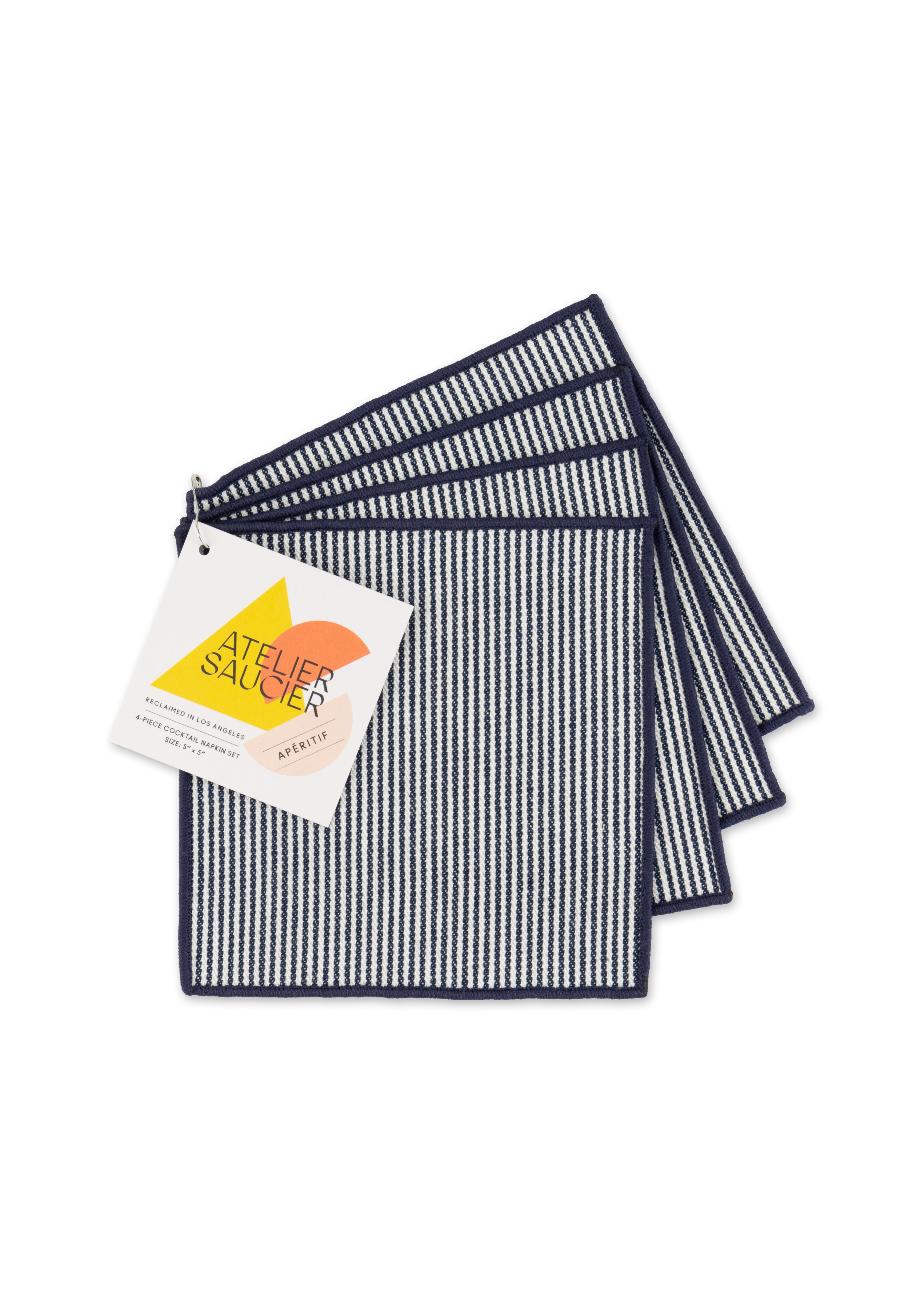2021 Railsback Frères ‘Les Rascasses’ Rosé
Lyle and Eric Railsback began making wine together as Railsback Frères to produce rosé, inspired by Lulu Peyraud and the old style of Bandol rosé. This wine pays homage to Lulu Peyraud of Domaine Tempier and her infamous bouillabaisse recipe. If you aren’t going to make bouillabaisse, enjoy this with ceviche, summer squash pasta, or our Herbed Goat Cheese & Caramelized Onion Galette.
Organic farming practices, hand-harvested, direct-to-press, native yeast fermentation, aged in neutral French oak barrels for 6 months, no fining or heavy filteration, only 2,400 cases produced.
- Tasting Notes peaches, lime zest, wild berries, strawberry cream pie, crushed seashells, salinity, fresh herbs
- Variety 42% Mourvèdre, 35% Grenache Noir, 23% Cinsault
- Region United States, California, Central Coast
- Volume 750ml
- Alcohol Volume 11.9%
- Table Talk “Les Rascasses” means scorpion fish in French.
$30.00
Out of stock
Railsback Frères began as a rosé project in 2015 by brothers Lyle and Eric Railsback, who call their rosé “Les Rascasses” (scorpion fish in French) as an homage to Lulu Peyraud. Lulu was the proprietress of Domaine Tempier in Bandol, maker of their favorite rosé in Provence. Lyle did National Sales for French importer Kermit Lynch for twelve years before leaving to focus on this Santa Ynez project. His brother Eric started Lieu Dit wines in Santa Barbara, inspired by wines of the Loire valley.
“Eric approached me when he found access to some Mourvèdre, Carignan and Cinsault in Santa Ynez,” says Lyle Railsback, “and we produced our first rosé with the ‘original recipe’ of Bandol: direct-to-press, vinified and aged in old wood, and with malolactic completed. Two years later we partnered with Presqu’ile Winery in Santa Maria, where we now make the wines using only wild, native yeast fermentation. In addition to our dry rosé, we also now make small lots of other Southern French grape varieties, including Vermentino, Carbonic Carignan (à la Maxime Magnon in Corbières), an inky red Mourvèdre, and Syrah from Bien Nacido that’s made entirely without the use of SO2.”
So, what is Rosé anyway?
Rosé is made when the skins of red grapes sit with the juice for a short period of time. The winemaker has complete control over how long or how short the grapes are in contact with the skins as it will ultimately determine the final color of the wine. Rosé wines can be made in an array of styles ranging from a more pale color with subtle characteristics to a deeper color with more intense flavors.
Any red grapes can technically be used to make rosé – but generally we see grapes like Grenache, Pinot Noir, Sangiovese, Syrah and other Rhone red grapes like Carignan, Cinsault and Mourvedre used more commonly for dry styles of rosé. Any Rosé wine can be produced in a sweet style by simply not fermenting all the sugar into alcohol, which can be common for bulk production. For sweet rosé think White Zinfandel, Pink Moscato, or White Merlot.







